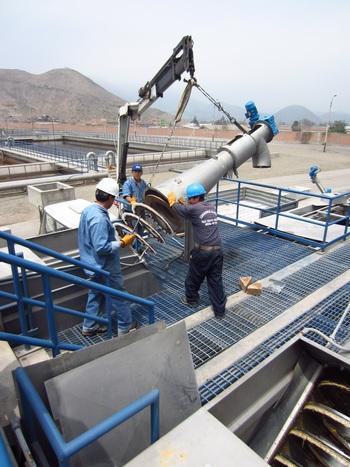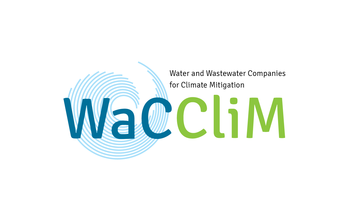Context
Water and wastewater companies are among the largest consumers of energy in developing countries and emerging economies. This can partly be attributed to high losses of water (50-60 per cent) and energy (40 per cent). Many water and wastewater companies in Jordan, Mexico, Peru and Thailand use outdated and energy-intensive treatment technologies and pumps. In addition, opportunities for recovering energy and nutrients from wastewater are not exploited.
By using pumps that are more energy-efficient, reducing water losses, producing biogas and reusing treated wastewater, the companies could reduce their greenhouse gas emissions, become more resilient to the consequences of climate change and cut costs. However, the partner countries often lack the necessary know-how for developing and implementing climate risk plans in the water sector. Moreover, there are no methods or incentives to support water and wastewater companies in introducing mitigation approaches.
Objective
Water and wastewater companies contribute to low-carbon and climate-friendly water sectors in the partner countries.


